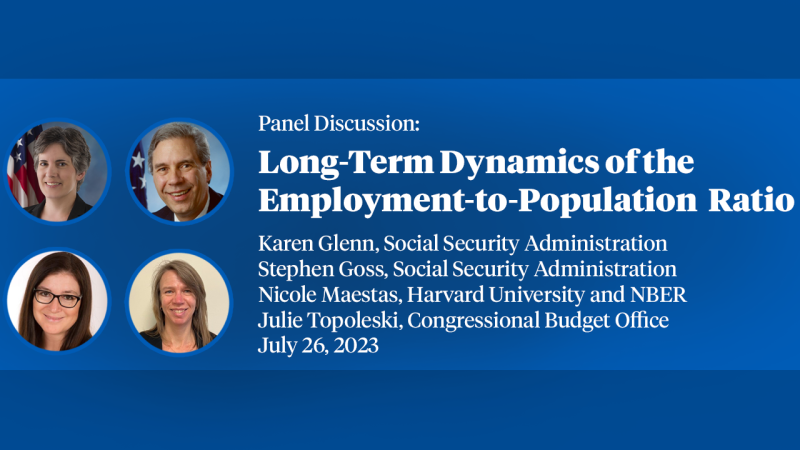Occupational Gender Composition and Wages in Canada: 1987-1988
The relationship between occupational gender composition and wages is the basis of pay equity/comparable worth legislation. A number of previous studies have examined this relationship in US data, identifying some of the determinants of low wages in ``female jobs'' well as important limitations of public policy in this area. There is little evidence, however, from other jurisdictions. This omission is particularly disturbing in the case of Canada, which now has some of the most extensive pay equity legislation in the world. In this paper we provide a comprehensive picture, circa the late 1980's, of the occupational gender segregation in Canada and its consequences for wages. The sample period precedes many provincial pay equity initiatives and thus the results should provide a baseline for the evaluation of this legislation. We find that the estimated wage penalties in female jobs in Canada are generally much smaller than the estimates for the United States. Although there is some heterogeneity across worker groups on average, the link between female wages and gender composition is small and not statistically significant.
Published Versions
"Occupational Gender Composition and Wages in Canada: 1987-1988", Canadian Journal of Economics, Vol. 34, May 2001, 345-376. citation courtesy of ![]()


